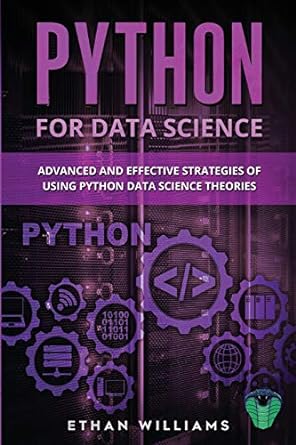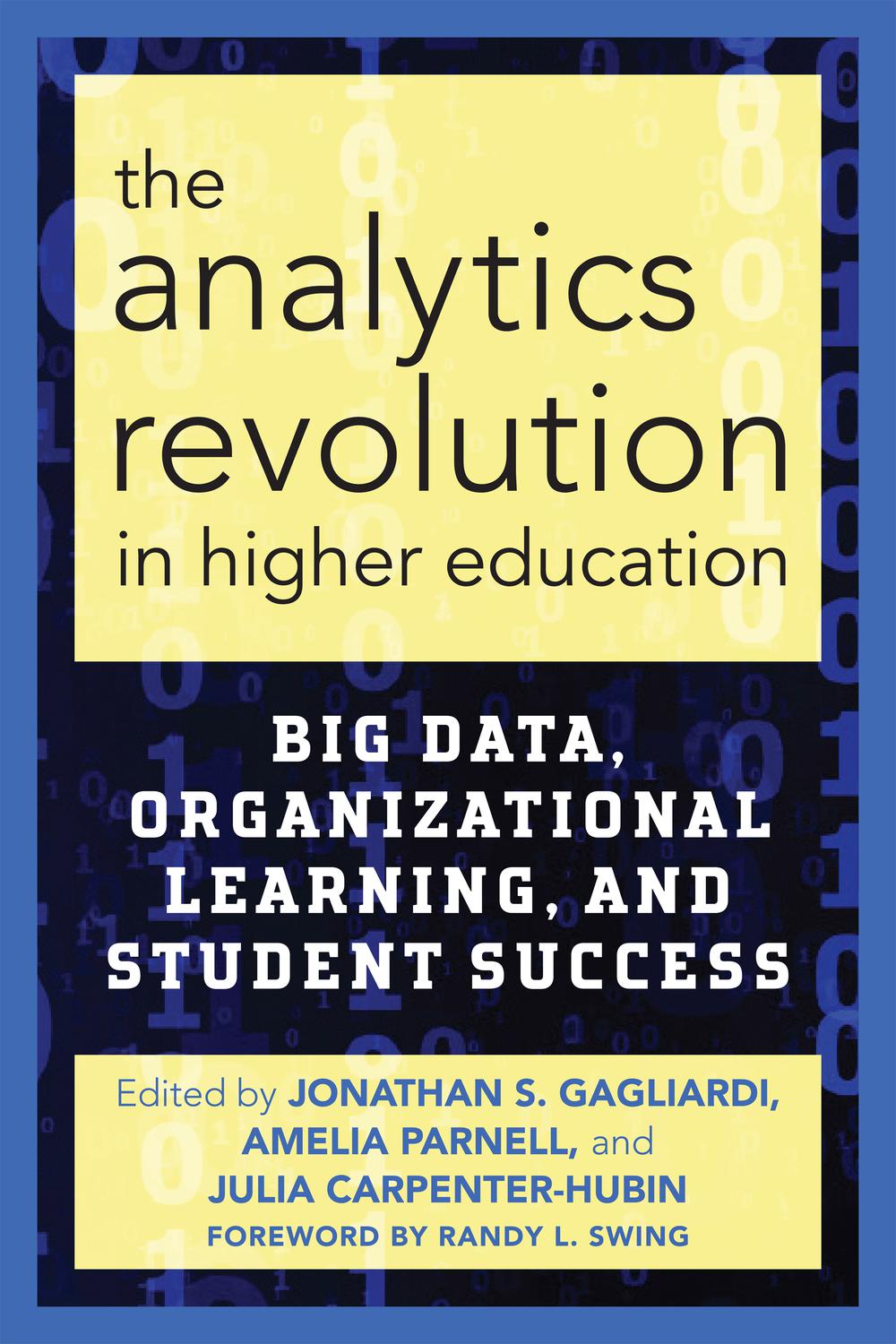Go back


Python For Data Science Advanced And Effective Strategies Of Using Python Data Science Theories(1st Edition)
Authors:
Mr Ethan Williams

Cover Type:Hardcover
Condition:Used
In Stock
Include with your book
Free shipping: April 04, 2024Popular items with books
Access to 3 Million+ solutions
Free ✝
Ask 10 Questions from expert
200,000+ Expert answers
✝ 7 days-trial
Total Price:
$0
List Price: $5.74
Savings: $5.74(100%)
Book details
ISBN: B086Y4G96Q, 979-8636138723
Book publisher: Independently published
Get your hands on the best-selling book Python For Data Science Advanced And Effective Strategies Of Using Python Data Science Theories 1st Edition for free. Feed your curiosity and let your imagination soar with the best stories coming out to you without hefty price tags. Browse SolutionInn to discover a treasure trove of fiction and non-fiction books where every page leads the reader to an undiscovered world. Start your literary adventure right away and also enjoy free shipping of these complimentary books to your door.
Python For Data Science Advanced And Effective Strategies Of Using Python Data Science Theories 1st Edition Summary: Years ago, when the concept of data science was first introduced, it only meant gathering statistical data and cleaning data sets. It was simply just the science of collecting and presenting data. Together with technology evolution, however, paired with the increasing number of information we now have and continuously acquire, data science means so much more. It has now grown into a field of study that includes data analytics, predictive science and analytics, data mining, business intelligence, and machine learning, to name a few. It has now broken free of its confined definition of merely collecting and distributing data, which are very broad concepts and probably why people do not appreciate it today. The set of skills and applications we currently associate with data science is not absolute. Data scientists are free to interpret and use data science to whatever definition and goal they have, making data science an evolutionary concept free for humanity to define. Business intelligence is the process of collecting, integrating, and analyzing data for managers and executive officers with the primary goal of using this data for business decisions. If you look at the definition, it is very similar to what data science does as well. It acquires information, processes it, analyzes it, and also presents the data to relevant people to make smart decisions. And maybe that’s why the two terms are used intertwined with each other. Both of these concepts use and revolve around data and users’ ability to maximize it. The best way to differentiate between them is simply to understand that, although data science can be used for business intelligence, the latter concept is solely for business. This includes developing business insights, organizing data but only extracting those that would be relevant for the growth of the business, and presenting the data in a manner where business executives and stakeholders can derive decisions from. Data Science, since it is the broader concept, acquires much larger data and uses comparatively more complex systems, algorithms, and predictive models. Interestingly, business intelligence uses past data and information from consumers, government statistics, and international trends to understand what is happening now. Data Science, however, uses the same set of information but primarily is concerned with future predictions and forecasts growth. Their outputs, although similar in goal, are presented in different ways. In business intelligence, the reports are mainly presented in the simplest way possible, like reports, graphs, and business statistics. Conversely, in data science, the data is presented using a data model. It uses machine learning to gain future insights accurately based on whatever information is fed into it. It does not only capture the trends and leave the interpretation to human capacity but also gives the insights that are based on factual data. This makes predicting not only easier but also increasingly accurate. What this guide intends to do is go in-depth on some of the more popular advanced data science theories using Python, as well as an overview of machine learning, algorithms, and an in-depth tutorial on using SciPy to optimize your data so, let’s dive in.
Customers also bought these books
Frequently Bought Together
Top Reviews for Books
Muhammed shafiqi
( 4 )
"Delivery was considerably fast, and the book I received was in a good condition."










